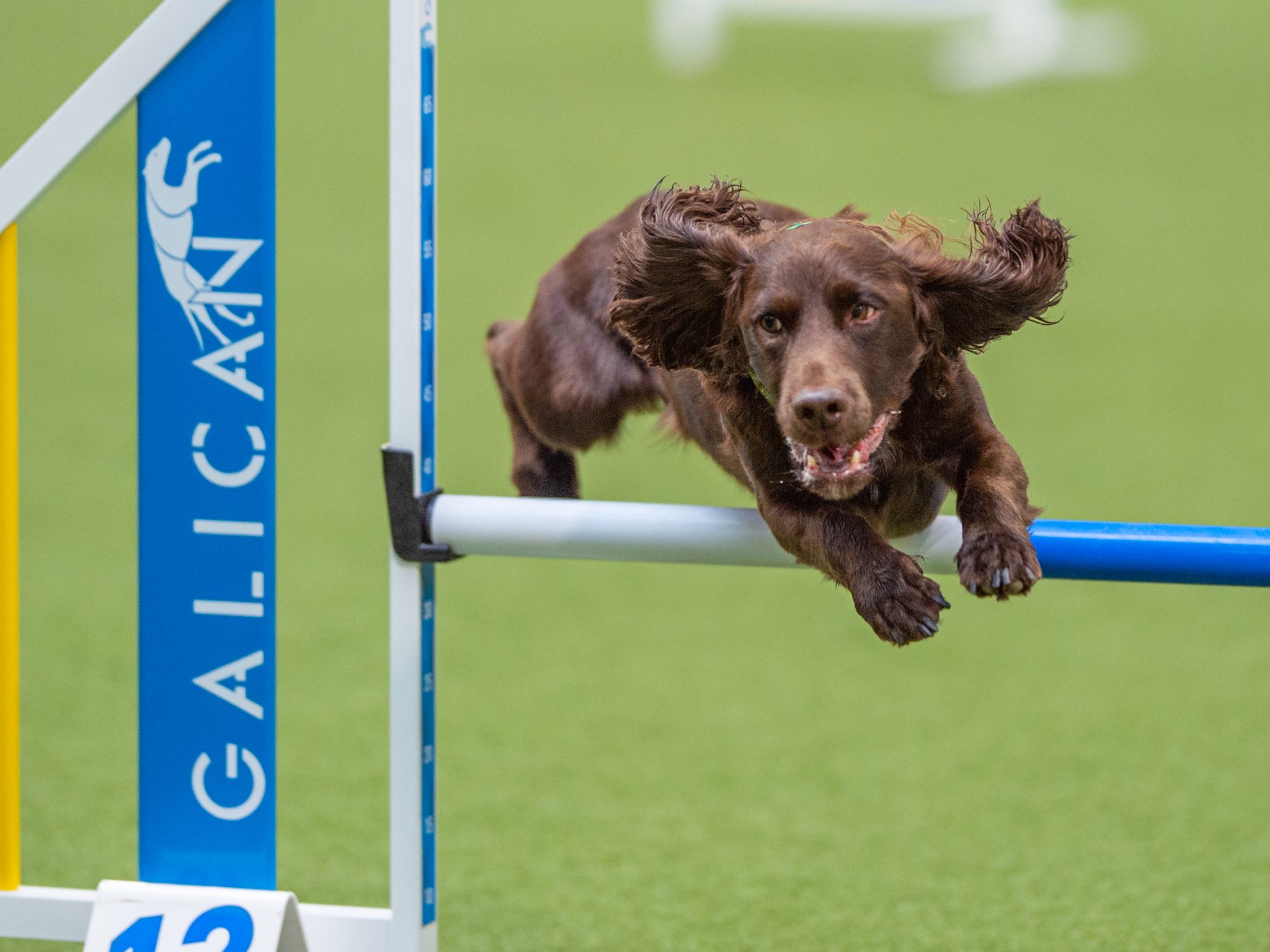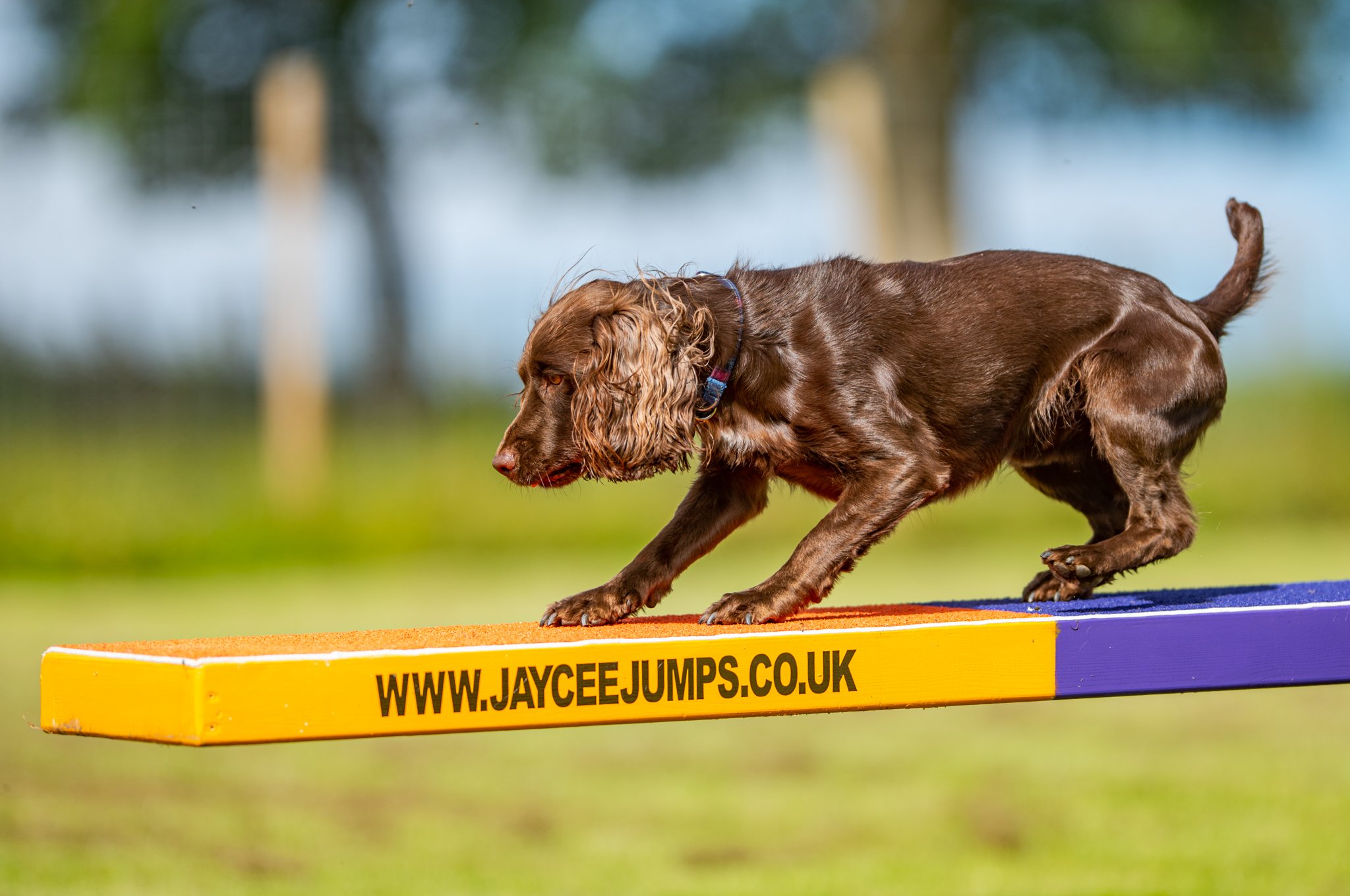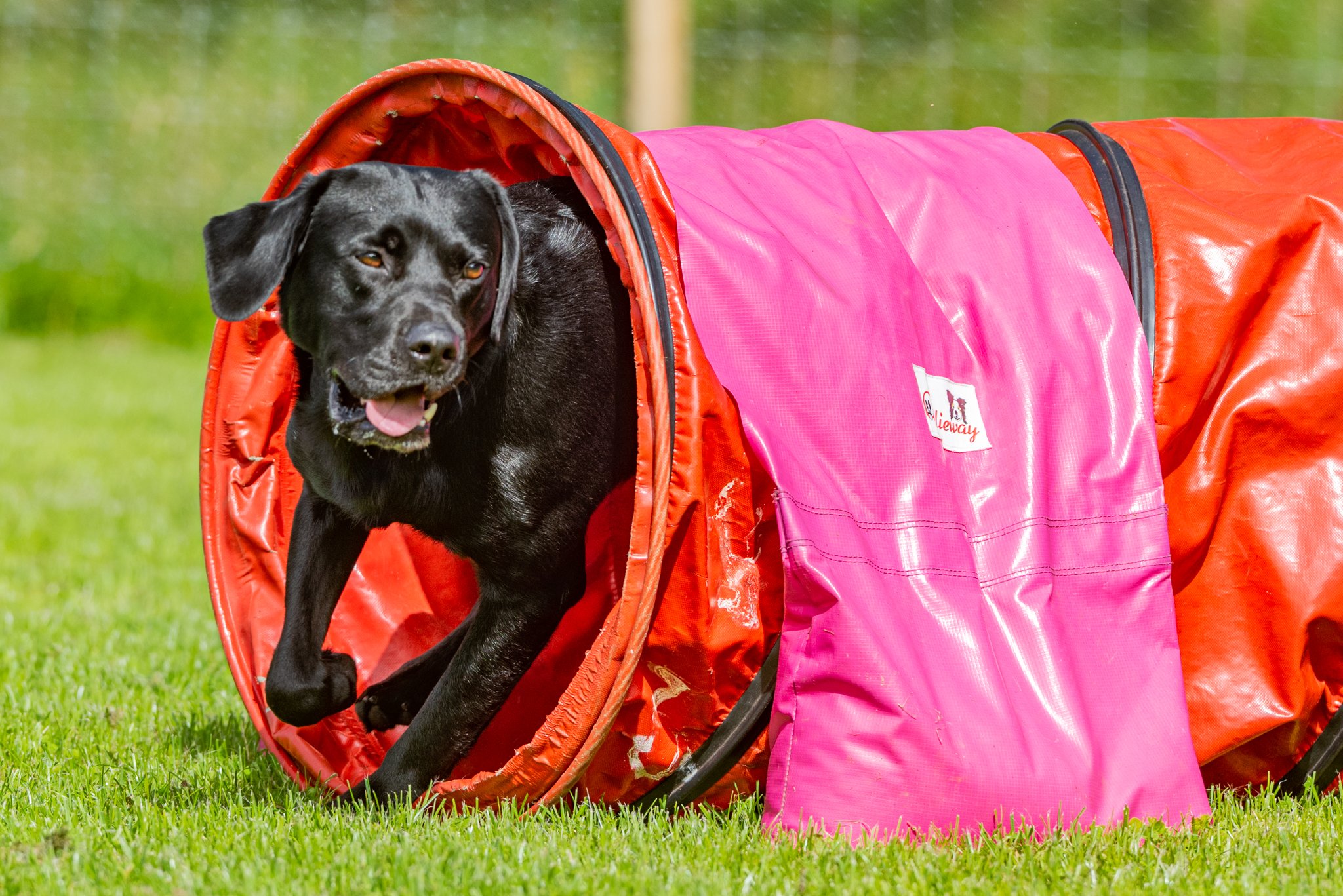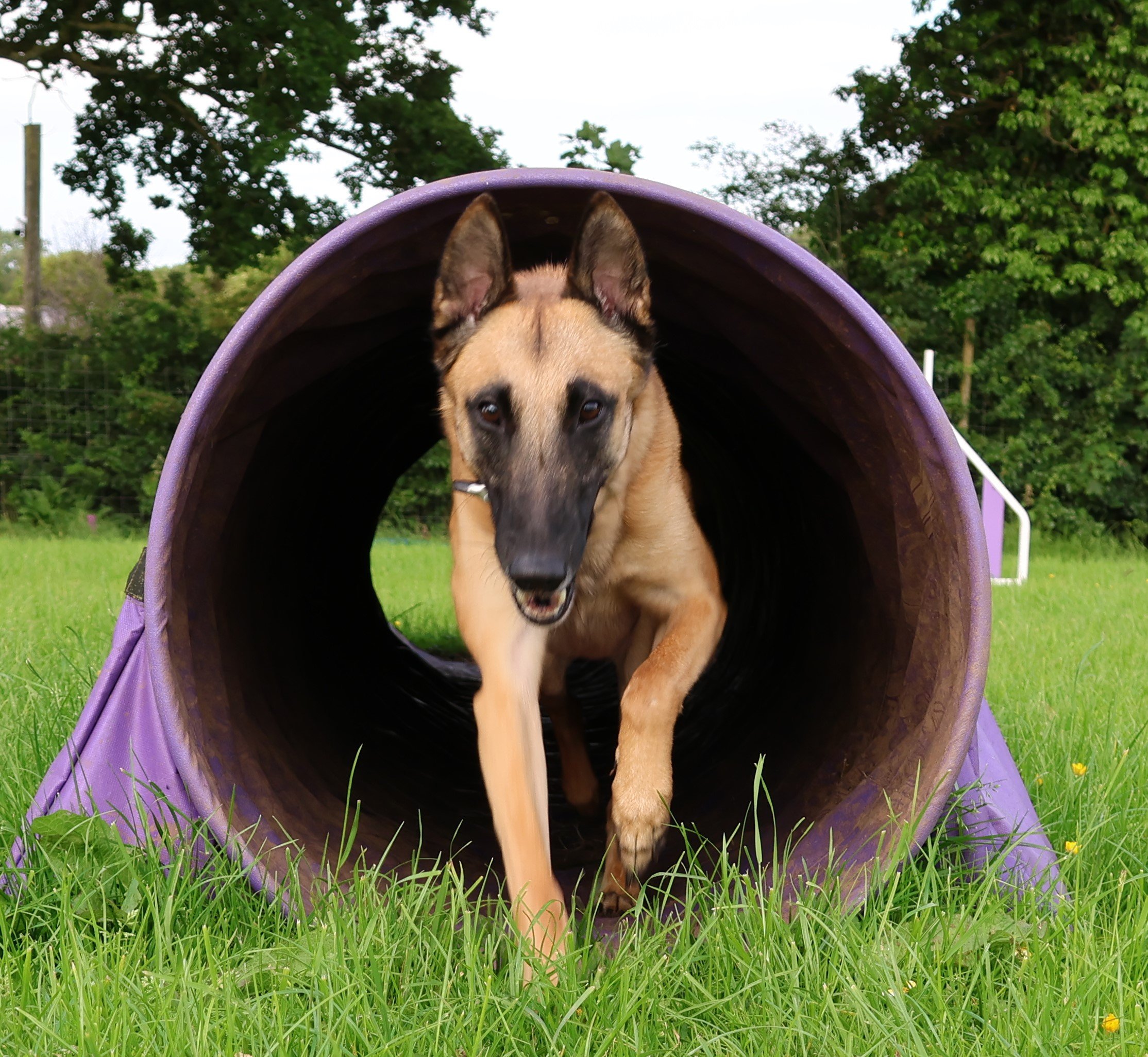
Unleash your dog’s full potential - Expert dog training for champions!
At Unleashed Pawtential, we specialize in high-quality dog training, from puppies to agility champions. With a focus on positive training methods and expert guidance, we tailor our approach to bring out the best in every team - whether you’re a beginner or aiming for the podium.
In Person Dog Training
Online dog training
What we do
We provide expert agility and puppy training, helping dogs build confidence, speed, and focus while strengthening the bond between handler and dog. Whether you're starting with a young pup or aiming for top agility performance, our training is designed to bring out the best in every team.
Dog Agility
Obedience
Puppy Training






















